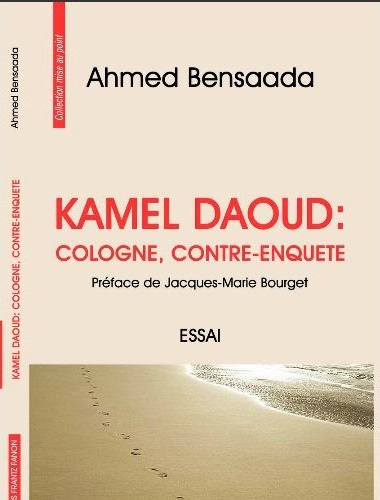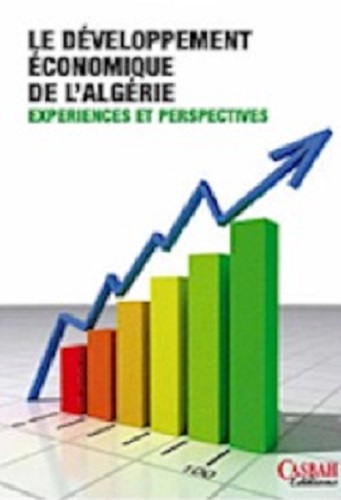The REAL Arab Spring
(This is the last of five posts about the American godfather of nonviolent resistance, Gene Sharp, and the role of CIA and Pentagon-funded foundations and think tanks in funding and promoting nonviolent resistance)
In the Arab Spring revolutions of 2011, Sharp and the Albert Einstein Institution (AEI) seem to have handed the baton to his disciple Peter Ackerman. According to Louis Proyect, the latter is a former AEI board member and founder (in 2002) of the International Center for Nonviolent Conflict (ICNC). It was the ICNC that offered nonviolence training sessions in Cairo for Egyptian and Tunisian activists.
As Proyect makes clear Ackerman, like Sharp and Zunes, is no progressive. A Wall Street financier and hedge fund manager (formerly number two in Michael Milken’s junk bond empire), Ackerman is a member of the Council of Foreign Relations (CFR), as well as a former director of Freedom House, previously run by former CIA director James Woolsey. Ackerman also sits on the board of Spirit of America, a group that is “dedicated to spreading US influence worldwide, with a particular emphasis on covert cyber-intelligence measures.” Ackerman is also on the advisory board of the ultraconservative Cato Institute’s Project on Social Security Choice, which proposes to privatize Social Security and allow younger workers to invest their Social Security taxes in private retirement accounts.
“Arab Spring” Neither Spontaneous Nor Indigenous
As others have documented elsewhere, the 2011 uprisings in the Middle East and North Africa were neither spontaneous nor indigenous. Many of the individuals and groups who helped organize them had received training (at times in the US) sponsored by the State Department and CIA-linked foundations, such as the National Endowment for Democracy (NED). The New York Times makes this clear in a April 2011 articleU.S. Groups Helped Nurture Arab Uprisings. It states specifically that “a number of the groups and individuals directly involved in the revolts and reforms sweeping the region, including the April 6 Youth Movement in Egypt, the Bahrain Center for Human Rights and grass-roots activists like Entsar Qadhi, a youth leader in Yemen, received training and financing from groups like the International Republican Institute, the National Democratic Institute and Freedom House, a nonprofit human rights organization based in Washington.”
Likewise, as Canadian writers and analysts Ahmed Bensaada, Michael Chossudovsky and Tony Cartalucci have documented, leaders of the NED-funded Serbian resistance group OTPOR (now renamed CANVAS – Center for Applied Nonviolent Strategies) assisted in many of these trainings, often using Gene Sharp’s materials (see http://landdestroyer.blogspot.co.nz/2011/11/soros-celebrates-fall-of-tunisia.html).
Follow the Money
French Canadian author Ahmed Bensaada also discusses these relationships at length in his 2011 book Arabesque Americaine, emphasizing the strong links between the two lead organizers in Egypt’s April 6th movement (Bassam Samir and Adel Mohamed), the US State Department, the NED and other CIA-funded foundations that financed the “color revolutions” in Eastern Europe. Bensaada also enumerates the pro-democracy organizations in other Arab countries (Algeria, Bahrain, Egypt, Iraq, Jordan, Kuwait, Lebannon, Libya, Morocco, Palestine, Tunisia, Yemen, and Syria) that received similar funding. In his appendix, he identifies specific pro-democracy groups by name and the exact amount each received (in 2009) from CIA-linked foundations.
Amid a fierce debate in academic circles, an upcoming book argues that social media and new technology made a key difference in successful uprisings in Tunisia and Egypt and helped foster grassroots movements in other Arab nations. http://www.middle-east-online.com/english/?id=57426
The book by Philip Howard and colleagues concludes that digital media was “consistently one of the most important sufficient and necessary conditions” for the Arab Spring movements.
“There was a longstanding democracy movement in these countries that for many years tried many tactics but none of them worked,” Howard said.
He maintained that new media made a difference because it “has so fundamentally changed the way people think about their options.”
The Arab Spring movements “involved a networked public of generally younger folks,” which was “structurally different” than prior movements headed by a charismatic leader, Howard said.
Howard, a University of Washington communications professor who is visiting at Princeton, said authoritarian regimes had been accustomed to controls on traditional media but were unable to keep up with the rapid pace of Twitter and Facebook organizing at that time.
A study by Zeynep Tufekci of the University of North Carolina and Christopher Wilson of the United Nations Development Program supported that notion.
“Social media in general, and Facebook in particular, provided new sources of information the regime could not easily control and were crucial in shaping how citizens made individual decisions about participating in protests, the logistics of protest, and the likelihood of success,” they wrote in the Journal of Communication.
Some researchers point out that social media’s power appeared to be limited to organizing protests and failed to help those people create a stable government after the uprisings.
Even those who credit social media in the Arab Spring say it seems unlikely that the popular uprisings can be replicated in other places, because regimes have found new ways to control and track dissidents.
“It is a bit of a game,Democracy activists used digital media to catch dictators off guard, but we’re now in a situation in the ‘late spring’ countries where the regimes figured out some of the tricks.”
“the Facebook and Twitter story may be over because authoritarian regimes have learned how to use these for control” but that it would be a mistake of give up on social media.
“There is always some new tool, because there are democracy activists who are desperate, I don’t know what it’s going to be, but I think there will be some predictable surprises.”






